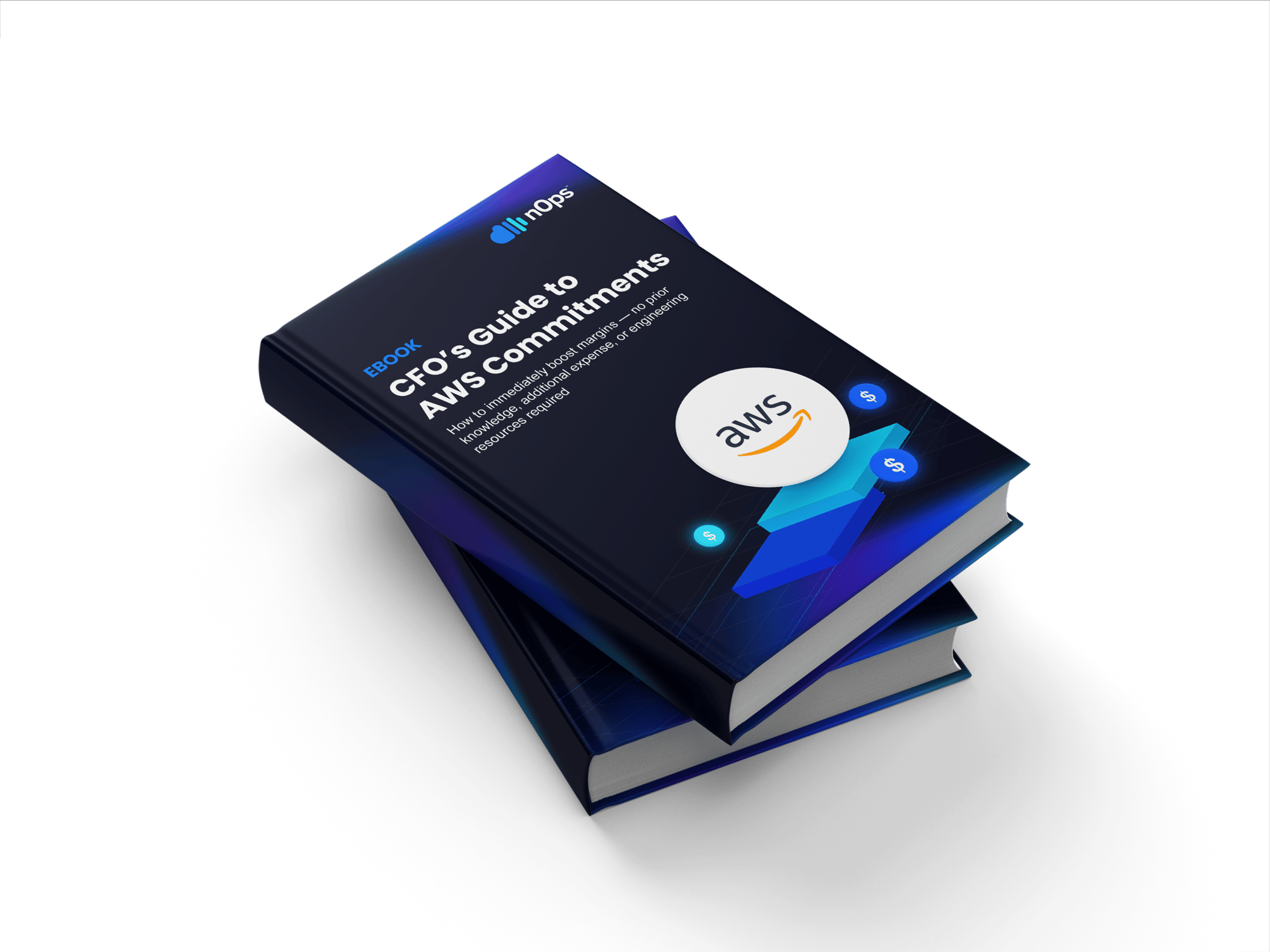- Blog
- Commitment Management
- Understanding RIs and Savings Plans billing with nOps
Understanding RIs and Savings Plans billing with nOps
Last Updated: November 13, 2025, Commitment Management
AWS RIs and Savings Plans billing can be confusing — even for experienced teams. You might see an account labeled “ShareSave Compute” or “ShareSave Other” or “nOps-cm-” on your AWS invoice with a big cost attached, and wonder what it means. Is it an extra expense? A hidden fee?
At nOps, we see this confusion often — especially when Reserved Instances (RIs) and Savings Plans (SPs) are centrally managed in consolidated billing in AWS. This article explains how AWS bills for Reserved Instances (RIs) and Savings Plans, what it means when you see costs associated with an “nOps Account” on your bill, and why a line item that looks like a massive cost in one account is actually saving your organization tens of thousands of dollars.
The Confusion
Every month, when finance reviews the AWS invoice, they see something like this:

And the common finance/management question is: “What is this nOps account doing? Why is it costing us so much? Can we remove it?”
The short answer:
No, that $50K isn’t an extra expense. It’s the prepayment that is providing your compute workloads in the other accounts of AWS organization’s discounted rates. In other words, savings.
Understanding AWS RI and Savings Plans billing
When nOps manages your Reserved Instances (RIs) and Savings Plans (SPs), we recommend creating a dedicated account (sometimes two) inside your AWS Organization — the nOps Commitment Management Accounts (also known formerly as ShareSave accounts).
From that account, nOps automatically:
- Manages RIs and SPs for your entire org, and
- Applies those discounts to compute usage running in all linked accounts (Prod, Dev, Test, etc.)
- This is not an nOps billing mechanism, it is how AWS RIs and SP billing works for everyone (even without nOps).
Because AWS billing shows where the purchase happened (not where the benefit was applied), the nOps account looks expensive on your invoice — even though it’s the one delivering savings everywhere else.
The Apartment Analogy (Because AWS Billing Is Weird)
Think of your AWS organization like an apartment complex.
- Each tenant (your AWS account) pays monthly rent for their apartment (On-Demand compute).
- nOps comes in and prepays for a bulk set of apartments for the entire building to get discounts on rental rates (that’s your RIs and SPs).
- Everyone’s monthly rent drops because the prepayment gives volume discounts.
- But since the payment was made from one account (the nOps account), it looks like that one tenant is “spending a lot.
If you removed that tenant tomorrow:
- You’d stop seeing their “$50K cost,” (refer to the example table at the top)
- But your total AWS rent would shoot up by $70K+ in lost discounts.
The AWS Billing Views Explained
Why does this happen? Because, AWS has two ways to view your costs:
View Type | What It Shows | What It Misses |
Unblended (Invoice View / FInance View) | Who paid for the purchase | Doesn’t show who benefited |
Amortized (True usage view) | Spreads RI/SP prepayments across accounts that used them | Reflects true cost allocation |
Finance sees the unblended view (because that’s what invoices show). FinOps and engineering should rely on the amortized view — it’s the only way to see who actually benefited from RI or SP discounts.
A Simple Example
Let’s look at a simple example to see how your AWS costs appear with nOps managing commitments versus without. We’ll use both the Unblended and Amortized views to show how the same spend can look very different depending on how you view it.
Assume:
- nOps purchases a $36,000/month No Upfront 1-year worth of RIs.
- It covers 60% of $100,000 worth of On-Demand compute across the AWS organization at a 30% discount.
- The other 40% stays On-Demand.
Unblended View (Invoice = Who Paid)
Shows:
- Each workload account pays only its On-Demand portion (40%).
- The full $36K commitment is sitting in the nOps account.

Finance’s mistake: They see $76K instead of $100K, and assume the org only spent $76K this month. But in reality, $36K was a prepaid discount that will benefit workloads for the month ahead — not a one-time consumption charge.
Amortized View (Reality = Who Benefited)
Here, the $36K cost is spread across the workloads that actually used the covered compute, revealing the true monthly cost allocation.

True org cost = $82K (vs. $100K on-demand).
Savings = $18K/month from RIs/Savings Plans.
If You Remove the nOps Account
You stop the RIs/SP and go back to all On-Demand:

Removing the nOps account doesn’t “save” $36K — it removes $18K in savings and your total AWS bill jumps back to $100K.
Conclusion
Why does the nOps account cost us money?
- The nOps account’s cost line in the invoice is the prepayment for our org’s compute discounts. The workload accounts show only the leftover On-Demand costs.
- When you view it amortized, those discounts flow back to the workloads that actually used them — the nOps account itself drops to $0.



